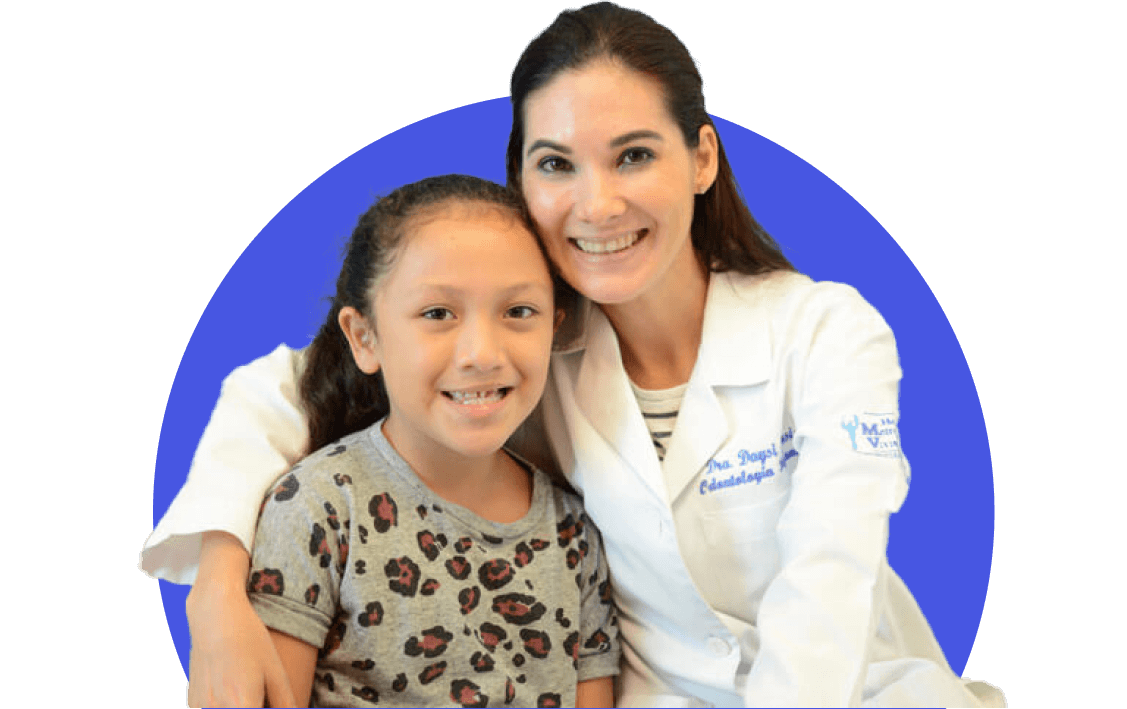- Cleft Home
- What is Cleft Lip and/or Palate?
- Prenatal Diagnosis
- Feeding Your Baby
- What is a Cleft Team?
- Surgery
- Hearing, Speech, and Dental Care
- Paying for Treatment
- Managing Feelings
- Craniofacial Conditions
- Toddlers and Preschoolers
- The School-Aged Years
- The Teenage Years
- Letter to a Teacher
- Information for Adults
- Support Organizations
- Learn More: Downloads
- Cleft Home
- What is Cleft Lip and/or Palate?
- Prenatal Diagnosis
- Feeding Your Baby
- What is a Cleft Team?
- Surgery
- Hearing, Speech, and Dental Care
- Paying for Treatment
- Managing Feelings
- Craniofacial Conditions
- Toddlers and Preschoolers
- The School-Aged Years
- The Teenage Years
- Letter to a Teacher
- Information for Adults
- Support Organizations
- Learn More: Downloads
What is a Cleft Team?
Experts in cleft care suggest that the best care for a child born with cleft lip and/or palate or another craniofacial condition (a difference or group of differences of the face, head, or skull) occurs when a patient is seen by a team of specialists. A cleft team includes all the specialists you’ll need to help your child, working together.
There are two types of teams. A cleft palate team is made up of specialists who treat children born with cleft lip and/or palate. A craniofacial team treats children born with differences of the face, head, or skull. Many teams are both a cleft and craniofacial team. (The term cleft team is used here to refer to either type of team.)
Most cleft teams include professionals from the following fields:
– Medicine: genetics, nursing, otolaryngology (ENT–ear, nose and throat), pediatrics, plastic surgery, neurosurgery, and pulmonology
– Dentistry: oral-maxillofacial surgery, orthodontics, pediatric dentistry, and prosthodontics
– Allied Health Care Professionals: psychiatry, psychology, social work, nursing, audiology, and speech-language pathology
Click here to learn more about ACPA approved team composition. Team care begins as early as the prenatal period and lasts throughout childhood and in some cases into early adulthood.
Where can I find a team?
ACPA is an organization that not only offers resources for families (such as the information on this site) but oversees the approval process for cleft palate and craniofacial teams.
A cleft team that has received ACPA approval has demonstrated the capacity to offer high-quality care to a child born with clefts and/or other craniofacial differences. There are approximately 200 ACPA approved teams in the US and Canada. To find an ACPA approved cleft team in your area, search the list of approved teams. To learn more about ACPA approved teams and the approval process, click here.
Which team is best for my child?
One of the first and most important decisions you will make is the selection of a cleft team to help you manage your child’s cleft care. Some families in the US live at a distance from an ACPA approved team, while others live close to several teams.
It is important that you trust the members of your team, since your relationship—and later, your child’s relationship—with its members will shape outcomes for your child. One way to determine a good match for your family is to meet with members of team—before birth, if possible. The role of the team is to work together with families. Team members should answer all your questions, large or small.
Suggested Questions for the Team:
– Which specialists are on the team?
– What are the qualifications of the individual members of the team?
– What kind of experience does the team have?
– How many patients does the team see each year?
– How do the team members communicate with one another? With patients and families?
– Who will be the team contact person after our baby is born and following operations?
– Who can assist with feeding if needed at the birth hospital? During the first year of life?



